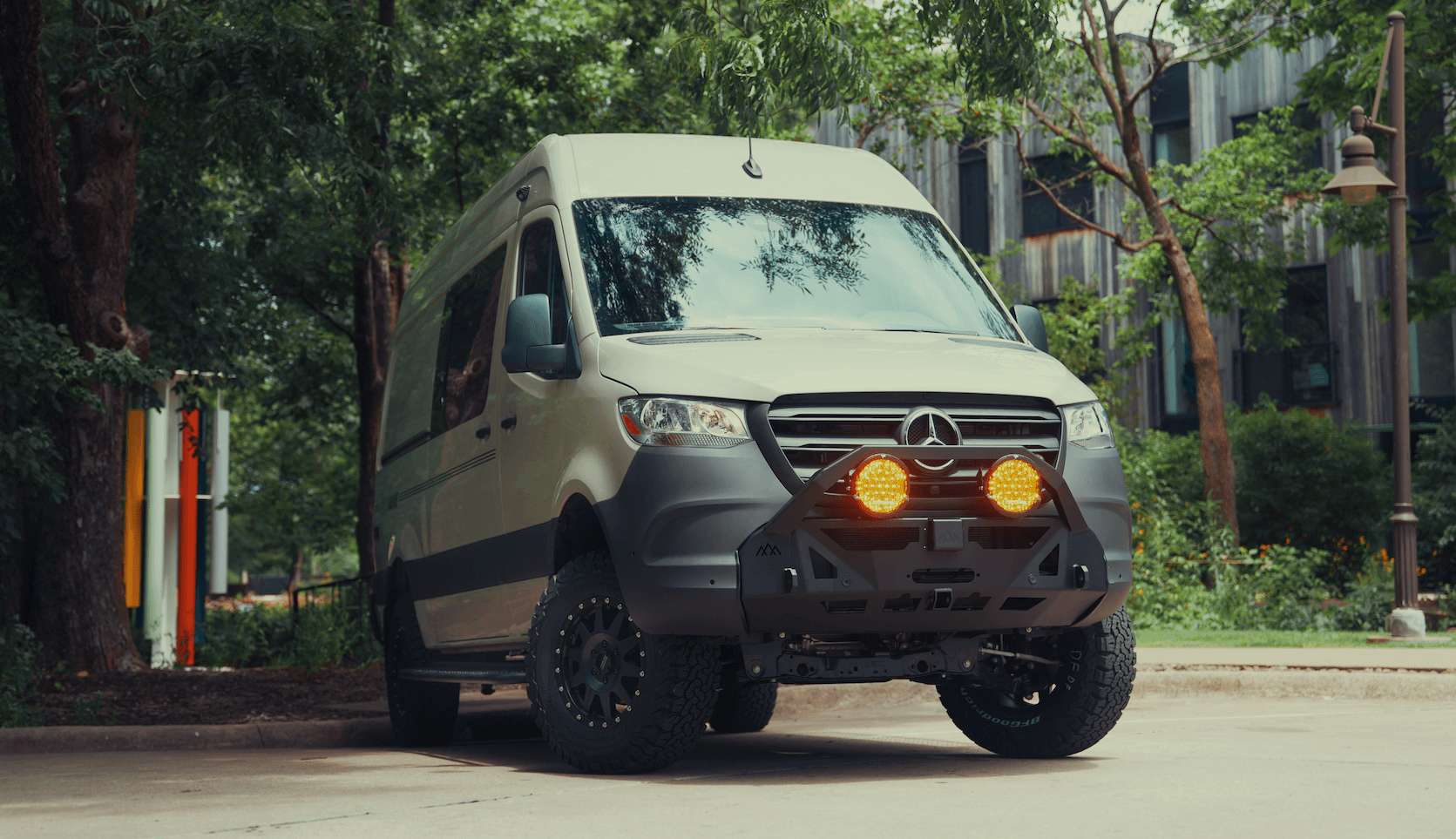Recreational Vans

A shuttle bus camper begins life as a commercial passenger shuttle, usually built on a van or medium duty truck chassis with a cutaway cab and a boxy passenger shell. Unlike typical vans, the big advantage is near vertical walls and generous headroom, which makes interior layouts simpler and more comfortable. Window count varies by model, so deciding how many to keep or replace affects privacy, insulation, and light. Most shuttles use fiberglass or aluminum skins over steel framing, so corrosion checks at the floor rails and door sills are essential. A clear title, service records, and an honest mechanical inspection set the foundation for a safe and long lasting conversion.
Common platforms include Ford E Series and Transit cutaways, Chevy Express cutaways, and heavier rigs on Freightliner or International frames. Gas engines are more common at auction, while older diesels can offer better torque but may require emissions service. Wheelbase and rear overhang dictate turning radius and departure angle, which matter on rough access roads. Pay attention to gross vehicle weight rating and axle ratings because the finished camper must remain within those limits for brakes, suspension, and tires to perform correctly. Taller bodies benefit from quality shocks and sway control to keep the ride settled in crosswinds.
A good shuttle bus camper layout starts with weight mapping. Heavy items like batteries, water tanks, and appliances should sit low and close to the axles for stable handling. Keep the aisle clear for egress and reserve a protected space for electrical and plumbing service access. Many builders choose a forward lounge and galley near the side door with the bed and storage at the rear, but mid cabin bed designs can shorten water runs and free up a large rear garage. Insulation choices range from rigid foam to mineral wool and spray foam, each with different moisture behavior and acoustic benefits. Sound deadening in wheel wells and the doghouse reduces fatigue on long drives.
A modern shuttle bus camper typically uses a lithium battery bank sized by daily watt hour needs, a smart DC to DC charger from the alternator, solar for top up, and a shore charger for storage days. Proper overcurrent protection, cable sizing, and ventilation protect components and passengers. For climate control, diesel or gas air heaters sip fuel and deliver reliable heat in cold weather, while roof mounted heat pump units and well placed fans manage warm seasons. Thermal curtains and insulated window panels help the HVAC system work less and keep the cabin quiet. Consider noise and vibration isolation for any generator or compressor based system.
Water planning starts with storage, filtration, and freeze protection. Many shuttle layouts split fresh and gray tanks to balance weight and shorten hose runs, and place the fill and drain points for easy service at campgrounds. If using propane, choose sealed combustion appliances and place cylinders in a vented locker with a gas detector inside the cabin. Cooking can be handled by induction for simplicity or by a sealed cooktop when propane is preferred. Before calling it finished, verify door seals, emergency exits, mirrors, lighting, and backup camera function like a factory vehicle. Tires, brake pads, and fluid condition should be treated like aviation checks and replaced on schedule rather than on feel.
Many states allow reclassification of a shuttle bus camper as a motorhome once it meets specific features like sleeping, cooking, and sanitation. That change can improve insurance options and simplify parking. Budget lines that catch new owners off guard include window replacement, corrosion remediation, and suspension upgrades to handle camping weight gracefully. Expect to invest in quality fasteners, sealants, and rust protection because commercial bodies see weather for years before conversion. A careful test drive with weight onboard reveals squeaks, rattles, and flex points to address before a long trip.
Converting a shuttle into a dependable camper rewards careful planning and skilled execution. Structural changes, high current electrical work, and propane systems benefit from certified installation and testing to protect your investment and your travel crew. If you want a finished rig that feels cohesive and quiet at highway speeds, professional fabrication, cabinetry, and system integration make a visible difference in the final result.
OZK Customs builds complete adventure rigs that balance comfort, storage, and off grid capability. Explore our recreational vans to see how we approach layouts and systems for real travel. If you are ready to design your own shuttle project, start with our custom build van process to align goals, budget, and timeline. Looking for a platform that can finance, review our mainstream vans pathways to get on the road faster.
Tell us how you travel, who rides with you, and where you want to camp. OZK Customs will turn those answers into a shuttle bus camper with smart storage, quiet road manners, and reliable power and water systems. Submit your build inquiry and let our Fayetteville team craft the next chapter of your travel story.
Ready to turn a shuttle into a capable camper with pro craftsmanship and tested systems. Tell us how you travel and our Fayetteville team will design, build, and deliver a rig that drives like a dream and works off grid. Start your custom build consultation now.
ADDRESS:
6159 E Huntsville Rd, Fayetteville, AR 72701
PHONE:
(479) 326-9200
EMAIL:
info@ozkvans.com